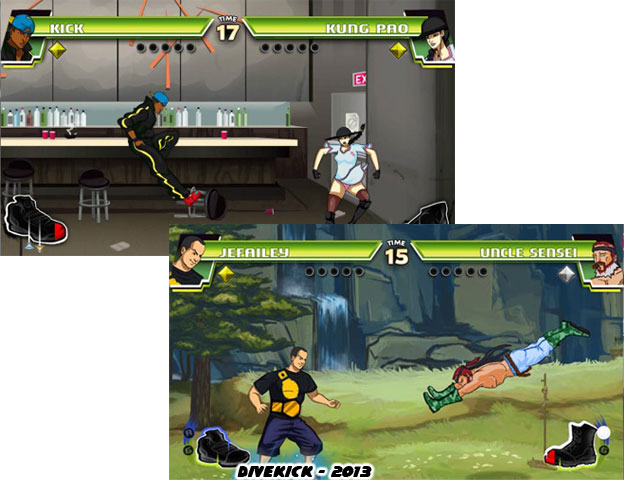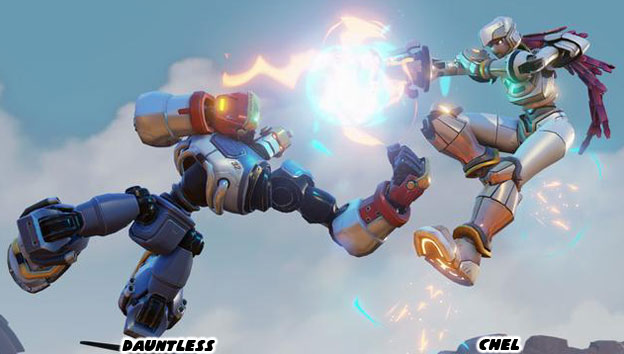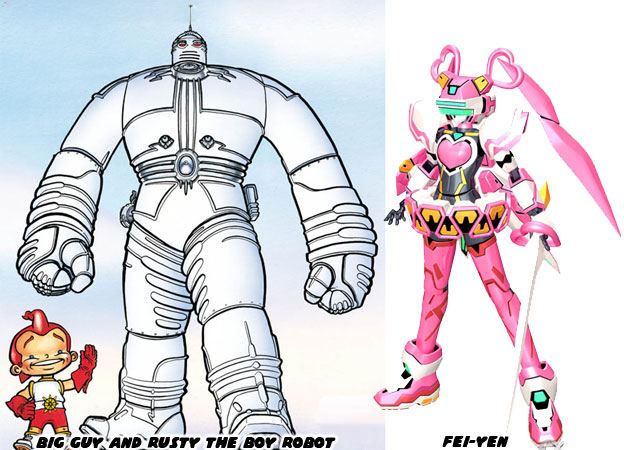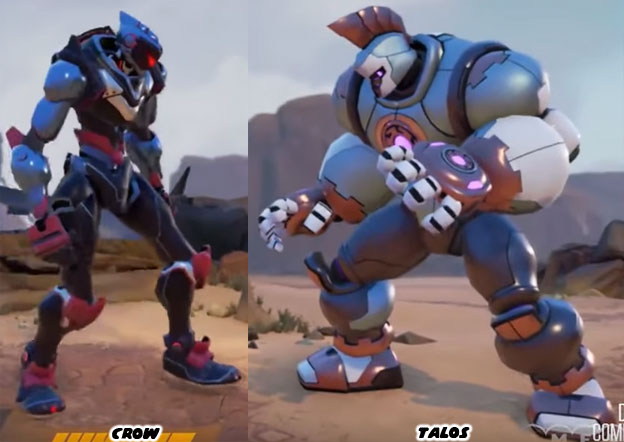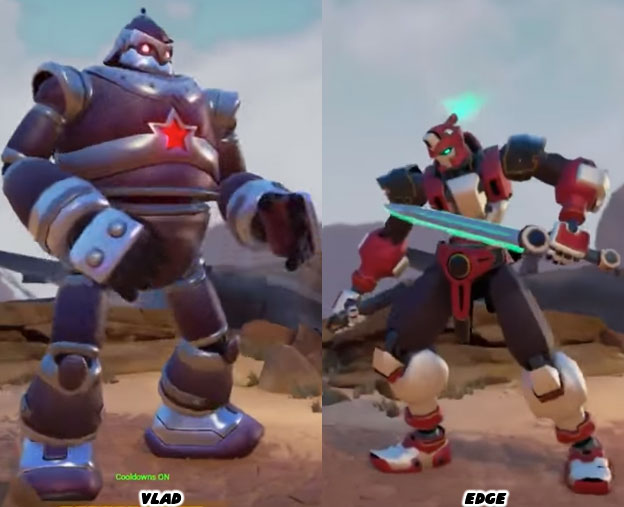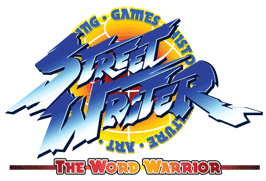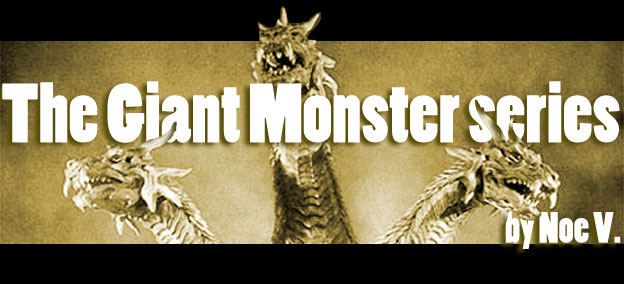
The giant monster genre has entertained movie audiences for almost a century. However the legends that inspired those creatures were much older than that. In a way they were the roots of the fairy tales, the religious parables and the creation myths thousands of years old. The giant monster was a way to explain the uncertainty of life, the terrible tragedies and natural disasters. Chaos was easier understood when people could put a shape and name to it. There were artists in the modern world that were exceptional at capturing the images of chaos. People like Ian Miller, Wayne England and Mark Gibbons created horrific creatures with an exceptional level of detail. It was as if they were tapping into the fears of primitive civilizations and framing nightmares in ink and paint. Then there were artists that took the opposite approach while rendering the giants of chaos. An artist like Bob Eggleton made classic beasts like griffons and dragons accessible and managed to do the same to modern legends like Godzilla. Eggleton was not alone in this regard, the painter Yasushi Torisawa and Bill Gudmundson kept the images of those primal heroes and villains alive. In pop culture circles the comic book style illustrator Matt Frank AKA the Kaiju Samurai had earned a strong following. The artist that I would like to highlight today is the best representative of the many themes I have explored over this series, including science fiction and horror.
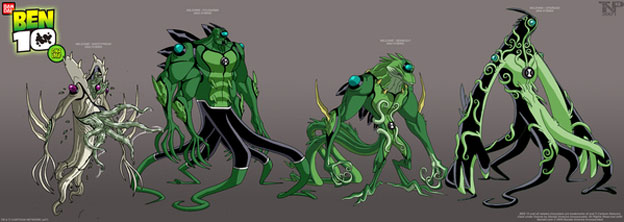
Thomas Perkins is an illustrator and character designer in title but his volume of work is much more than just that. His designs on the original Ben 10 series earned him an Emmy. It validated his time in animation as much as his impeccable style. Mr. Perkins had cut his teeth designing for the great Richard Raynis on a string of projects including the Extreme Ghostbusters, Big Guy and Rusty the Robot, Godzilla: the Series, and the Jackie Chan adventures. It was impressive that Mr. Perkins actually got a chance to follow in the footsteps of Geof Darrow, the artist on the Big Guy and Rusty graphic novels. Geof's insanely detailed giant monster illustrations became the stuff of legend in the community. Mr. Perkins was certainly no slouch while crafting his own villains. The beasts that the Big Guy and Godzilla battled over several seasons were consistently great.

His work on the Ben 10 series was known by every kid and kid-at-heart in the US. The people he worked with created the monsters Spidermonkey, Humongousaur, Jetray, Chromastone and Swampfire. The assortment of creatures that Ben Tennyson could turn into and battle were amazing. He followed up with a new library of creatures in Ben 10 Alien Force and Ultimate Alien. Here's a sampling of the characters he designed: Ditto, Waybig, Artiguana, Upchuck, Benwolf, Benmummy, Ben 10K, Ken 10, Gullet / Samohtsnikrep, Benviktor, Charmcaster, Eye Guy, Captain Kork, and Big Chuck. The characters in Ben 10 Omniverse were designed by Derrick J. Wyatt as an homage to the original creatures. These creatures would influence countless generations of designers. It would not be a stretch to say that his work over the years became the encyclopedia of modern monster designs. What made the artist special however were the illustrations and characters that most people never get to see. He detailed many of these designs on his blog and liked to insert as many comic book references and insider jokes as he could. For example one of his original characters, Kid Kuthulu, was a vintage hero that could only have existed if HP Lovecraft were a comic book writer.
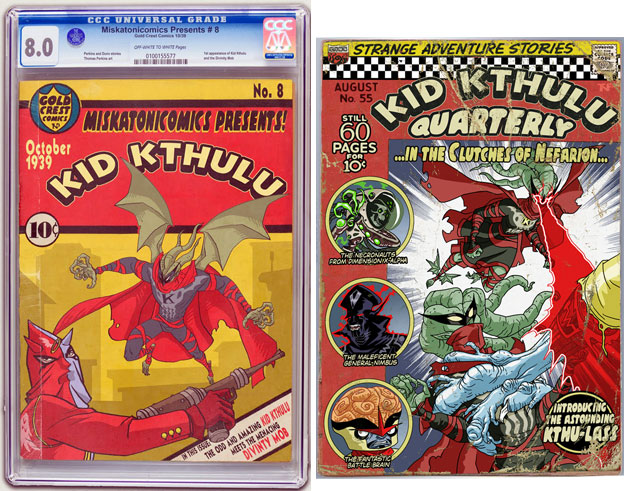
Mr. Perkins' best work may be in deconstructing and rearranging pop culture characters and references. He had done revisionist versions of the Marvel and DC characters from the 70's that would work in the modern, Bruce Timm-style, super hero cartoons. He had even created a few convincing illustrations of Chinese bootleg super heroes just for fun.
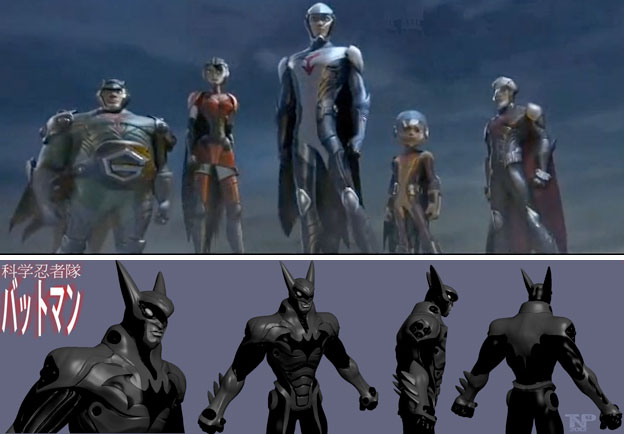
Recently he did a version of Batman that was set in the Science Ninja Team: Gatchaman universe. Instead of going with the classic animated show as a template he followed the more recent Imagi studio redesigns of the characters. His version of "Batchaman" was genius and certainly deserved a chance for a DC spin-off.
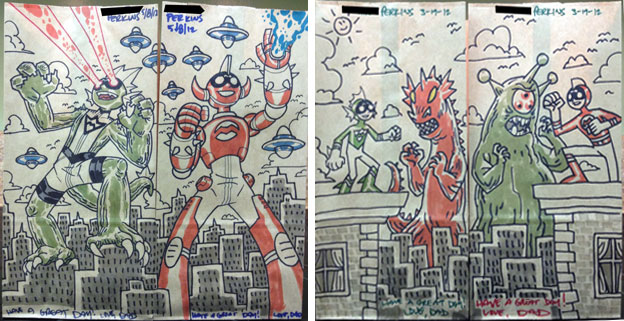
As if Mr. Perkins was not busy in television he was also busy being a dad. His entry for father of the decade would be posted on the Lunch Bag Blog. He illustrated a multi-panel scene on his kid's lunch bags every day of every week during their school year. He turned his kids into super powered characters and let their adventures be told over several seasons. He took the interests that each had and built narratives around their hero persona and the powers they had. On occasion little sister Perkins Lass Purple would join her brothers Red and Green on their adventures. More often than not the kids ended up fighting against or even fighting as giant monsters.
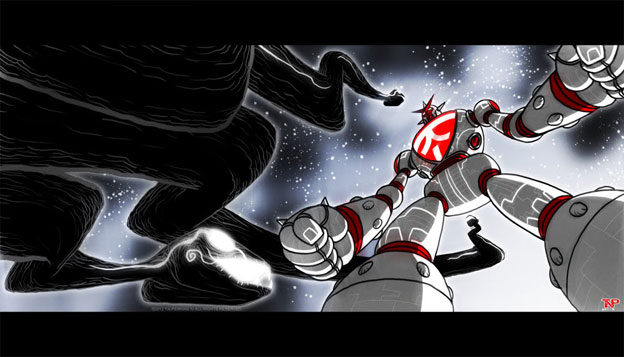
Thomas Perkins should be celebrated as one of the best giant monster designers ever. His style could be read very easily by comic book and animation fans equally. His use of lines and shapes were clean, even when drawing the grotesque. He gave all of his creatures personality on top of presence. The giant monsters written about over the course of this series have all shown some level of personality. They are remembered for more than their awe inspiring size and power. They have existed in our dreams and myths since the dawn of time and will continue to fill the spaces in the minds of future generations. Mr. Perkins is one of the artists working in animation that understands that all too well. I am glad that he is one of the people working to keep the genre alive and well.
I hope that you have enjoyed this series and give pause to think about some of your favorite giant monsters and giant monster games as well. Hopefully there will be some more great monster stories to write about as new games and movies get off the ground. If you have any thoughts or comments on the series please let me know in the comments section.

